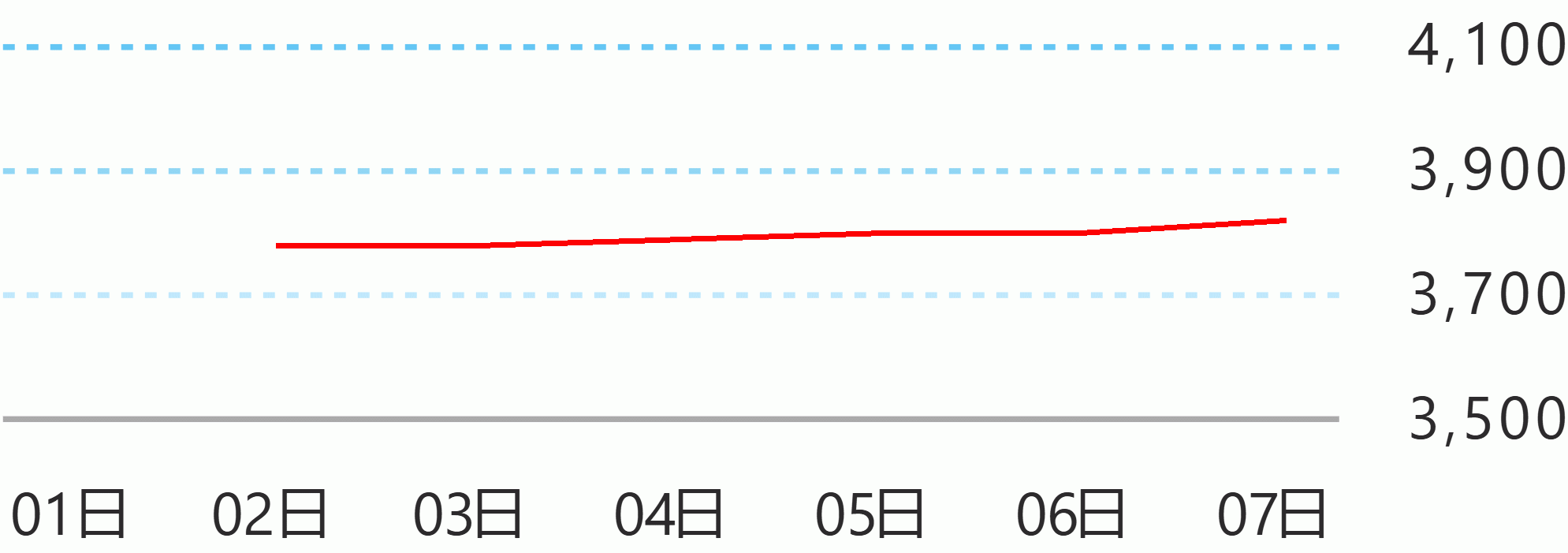Preliminary data on the net international investment position indicated a net liability position of $48.5 billion as of end-June, slightly higher by 2.5 percent than the $47.4 billion recorded in end-March.
This development was driven mainly by the contraction in the country’s external financial assets (by 1.0 percent), which outpaced the decline in external financial liabilities (by 0.4 percent). As of end-June, total outstanding external financial assets stood at $231.6 billion, while total outstanding external financial liabilities amounted to $280.2 billion.
The quarter-on-quarter contraction in the country’s total stock of external financial assets emanated mainly from the decline in reserve assets to $99.4 billion (from $101.5 billion) and other investments to $26.8 billion (from $27.4 billion).
The level of reserves declined due to the National Government’s (NG) net foreign currency withdrawals from its deposits with the Bangko Sentral ng Pilipinas (BSP) to settle its foreign currency debt obligations and pay for its various expenditures, and downward adjustments in the valuation of the BSP’s foreign currency-denominated reserves (or non-gold reserves) and gold holdings. In addition, the residents’ net withdrawal of their currency and deposits in foreign banks also contributed to the lower total outstanding level of external financial assets of the country during the review period.
Meanwhile, the slight decrease in the total stock of external financial liabilities during the quarter was due mainly to the 2.6 percent contraction in foreign portfolio investments (FPI) to $85.2 billion (from $87.4 billion) on account of downward valuation adjustments.
This decline, however, was muted partly by the 0.8 percent growth in foreign direct investments (FDI) to $117.5 billion (from $116.6 billion).
On a year-on-year basis, the net external liability position rose by 73.3 percent from $28 billion in end-June 2022. This was on account of the 8.8 percent growth in total external financial liabilities from $257.4 billion, which more than offset the 1 percent growth in total external financial assets from $229.4 billion.
The annual growth in the total external financial liabilities emanated mainly from the combined increases in the outstanding value of all components of the liability account.
In particular, FDI grew by 8.6 percent (to $117.5 billion from $108.2 billion) as intercompany borrowings from affiliates abroad increased by 10.7 percent (to $59.0 billion).
Other investments rose by 11.3 percent (to $77.1 billion from $69.3 billion) due to the 13.5 percent growth in residents’ outstanding loans (to $64.7 billion). Further, FPI also increased by 6.9 percent (to $85.2 from $79.7 billion) as non-residents’ investments in resident-issued debt securities grew by 11.5 percent (to $47.4 billion) during the review period.
Meanwhile, the annual expansion in the total external financial assets reflected the residents’ direct investments abroad, particularly in the form of debt instruments (from $38 billion to $40.6 billion) and equity capital (from $26.7 billion to $28.5 billion).
The BSP continued to account for the largest share of residents’ total external financial claims at 44.8 percent, valued at $103.8 billion as of end-June.
This, however, was 2.2 percent lower than the $106.1 billion asset holdings registered in the previous quarter.
The Other Sectors’ outstanding external financial assets reached $94.1 billion, accounting for 40.6 percent of the country’s total stock of financial assets as of end-June. The Banks accounted for the remaining 14.6 percent of the total external financial assets, amounting to $33.7 billion.
The Other Sectors contributed the largest share to the country’s total external liabilities at 60.5 percent or equivalent to $169.4 billion as of end-June.
This level was 0.6 percent lower than the outstanding liabilities recorded in end-March at $170.3 billion. The NG, likewise, recorded a 0.6 percent decrease in its outstanding external financial liabilities to $71.4 billion, which represents 25.5 percent of the Philippines’ total external financial liabilities.
The Banks’ share accounted for 12.7 percent of total external financial liabilities at $35.5 billion, higher by 0.6 percent than the $35.3 billion in end-March. The remaining 1.4 percent or equivalent to $3.8 billion of the country’s total external financial liabilities were held by the BSP. BSP





 English
English









